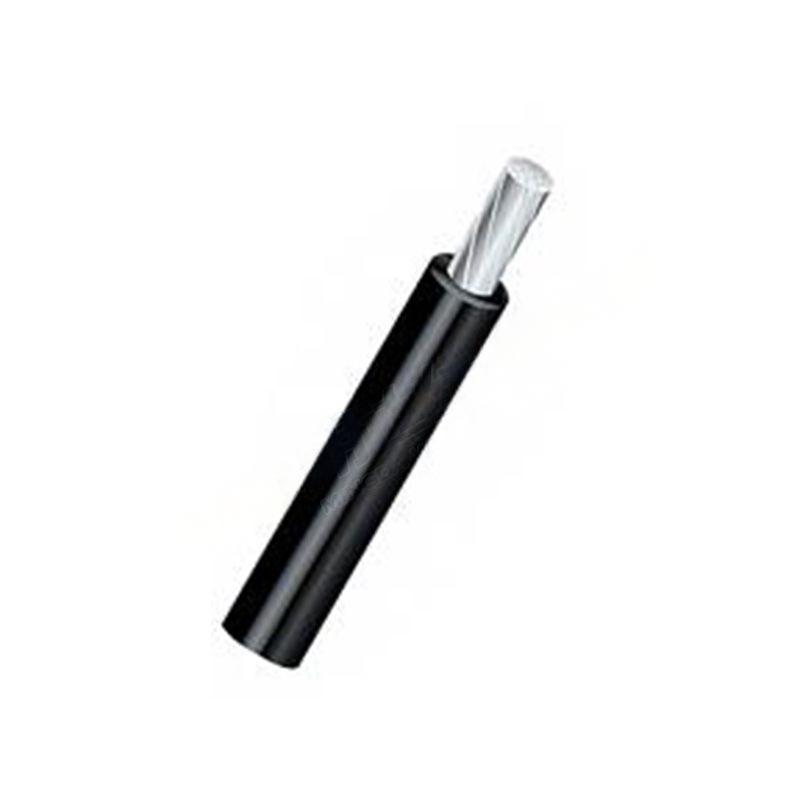Nov . 07, 2024 08:20 Back to list
Durable Ductile Iron Butterfly Valve for Enhanced Flow Control and Performance
Ductile Iron Butterfly Valves An Overview
Ductile iron butterfly valves are integral components in fluid systems, used to regulate the flow of various liquids and gases. This type of valve is known for its durability, strength, and reliability, making it a favored choice in a variety of industrial applications. In this article, we will explore the characteristics, advantages, applications, and maintenance considerations for ductile iron butterfly valves.
Characteristics of Ductile Iron Butterfly Valves
Ductile iron, also known as spheroidal graphite iron, is an alloy that combines the properties of iron with enhanced tensile strength and ductility. This material is particularly suitable for manufacturing butterfly valves due to its ability to resist deformation under stress and its excellent corrosion resistance, especially when coated appropriately. The design of a butterfly valve features a rotating disc that pivots within the pipe, controlling the flow of fluid by opening or closing the passage.
The construction of ductile iron butterfly valves typically includes a body made from this durable alloy, which provides a robust structure capable of withstanding high pressures and temperatures. These valves can be outfitted with a range of different seals and coatings to ensure compatibility with various fluids, making them versatile and reliable in multiple environments.
Advantages of Ductile Iron Butterfly Valves
1. Strength and Durability One of the primary advantages of ductile iron is its impressive strength-to-weight ratio. This allows manufacturers to produce valves that are both lightweight and capable of handling substantial pressure without fear of failure.
2. Corrosion Resistance Ductile iron valves can be coated with protective materials to enhance their corrosion resistance, making them ideal for use in environments where they are exposed to harsh chemicals or conditions.
3. Cost-Efficiency Due to their durability and low maintenance requirements, ductile iron butterfly valves offer long-term savings on replacements and repairs. Their relatively simple design also contributes to lower manufacturing costs.
ductile iron butterfly valve

4. Versatile Applications These valves are used in various sectors, including water treatment, oil and gas, chemical processing, and HVAC systems. Their design can be easily adapted to suit a wide range of applications.
5. Ease of Operation Ductile iron butterfly valves can be operated manually or automated, allowing for seamless integration into control systems. Their compact design also ensures they take up minimal space in piping arrangements.
Applications of Ductile Iron Butterfly Valves
Due to their robust nature and adaptability, ductile iron butterfly valves are employed in a variety of settings. In water treatment facilities, these valves help regulate flow rates, ensuring efficient treatment processes. In the oil and gas industry, they are essential for controlling the flow of crude oil and natural gas in pipelines. Additionally, in chemical processing plants, these valves are used to manage corrosive substances, while in HVAC systems, they assist in regulating airflow to maintain optimal climate conditions.
Maintenance Considerations
While ductile iron butterfly valves are generally low-maintenance, regular checks are necessary to ensure their longevity and efficient operation. Maintenance should include inspecting seals for wear and tear, checking the alignment of the valve to prevent unnecessary stress, and ensuring that the actuator (if equipped) is functioning correctly. It is also essential to keep the valve area clean and free from any debris or deposits that might hinder performance.
Conclusion
Ductile iron butterfly valves are an essential tool in a multitude of industries, standing out for their strength, durability, and versatility. Their unique properties make them suitable for a range of applications, from water treatment to chemical processing. By understanding their characteristics, advantages, and proper maintenance, industry professionals can ensure optimal performance, reliability, and lifespan from these crucial components in fluid control systems.
Share
-
Reliable Wafer Type Butterfly Valves for Every IndustryNewsJul.25,2025
-
Reliable Flow Control Begins with the Right Ball Check ValveNewsJul.25,2025
-
Precision Flow Control Starts with Quality ValvesNewsJul.25,2025
-
Industrial Flow Control ReliabilityNewsJul.25,2025
-
Engineered for Efficiency Gate Valves That Power Industrial PerformanceNewsJul.25,2025
-
Empowering Infrastructure Through Quality ManufacturingNewsJul.25,2025